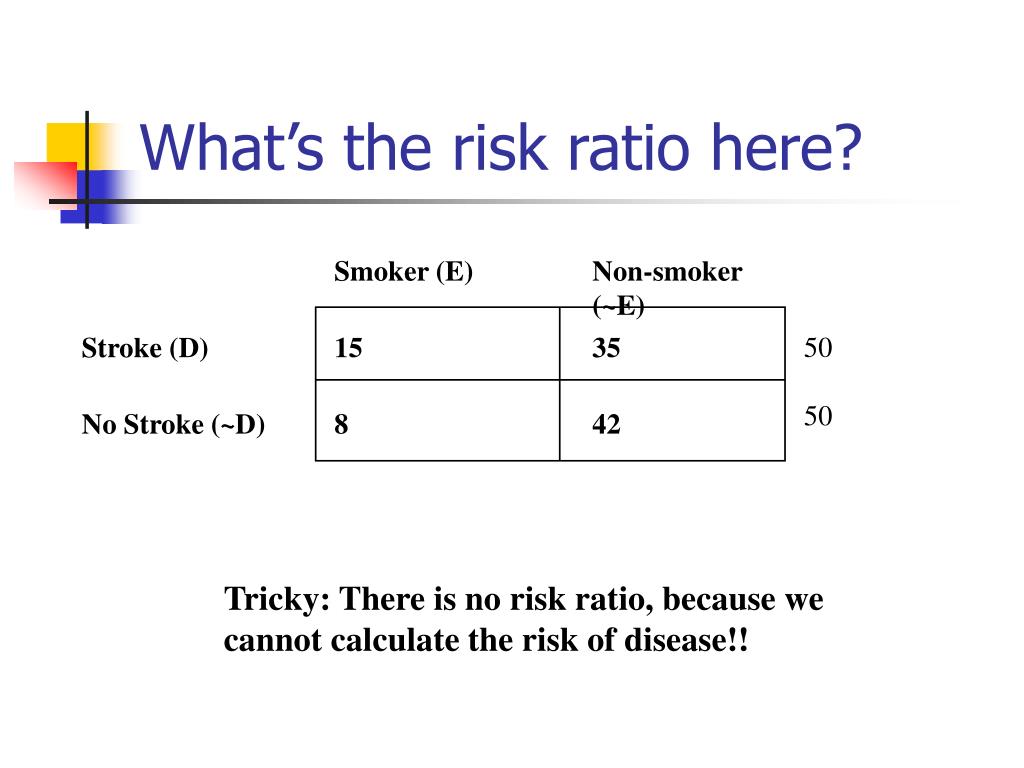
Obviously, the requirement to observe a large number of similar forecast makes it difficult to verify calibration of forecast of rare events: There are not enough such forecasts or observation of the event to compare the two. Only then we can claim that weather forecaster is well calibrated and accurate. The accuracy of the forecast can only be established if in a large number of days, say 100 days, in which the weather forecaster has predicted 80% chance of rain, it does indeed rain for 80 days. In most situations, a single event cannot tell us much about the frequency of that event. If it rains tomorrow, is this a reasonable forecast? If it does not rain, is the forecast erroneous? Neither of these questions can be answered. Suppose a weather forecaster predicts that there is 80% chance of rain. In general, accuracy of probabilistic forecasts are verified by calibration: in numerous occasions in which the same probability is forecasted, the frequency of occurrence of the event is compared to the estimated probability.

An alternative is needed that overcomes difficulties in estimation of rare probabilities.� Calibrationīefore proceeding, it is important to clarify how would anyone know if the assessed probability of a rare event is accurate. In estimating rare probabilities, sometimes orders of magnitudes are missed and probability of 1 in million is estimated as 1 in thousand. But human beings are notoriously ill equipped to distinguish among very small probabilities. For an event that occurs once a decade, one has to collect several decades of data before a reliable estimate can be obtained.Īlternatively, many rely on experts to assess probability of events. This method cannot be applied to rare events as by definition rare events do not occur often and one has to accumulate a large data set before reliable estimates can be made. The most common approach is to rely on observed frequency of the event.
.png)
In general there are two ways of assessing probabilities, both of which are not reasonable for assessment of rare probabilities.
Calculating risk probability how to#
This review focuses on how to accurately assess probabilities of rare events.

In probabilistic risk analysis, the analyst often faces situations where the event of interest is quite rare (less than 5% chance of occurrence) perhaps it has happened only once inĪ decade.


 0 kommentar(er)
0 kommentar(er)
